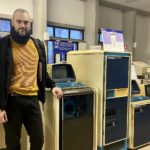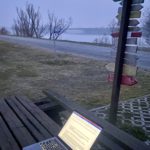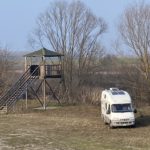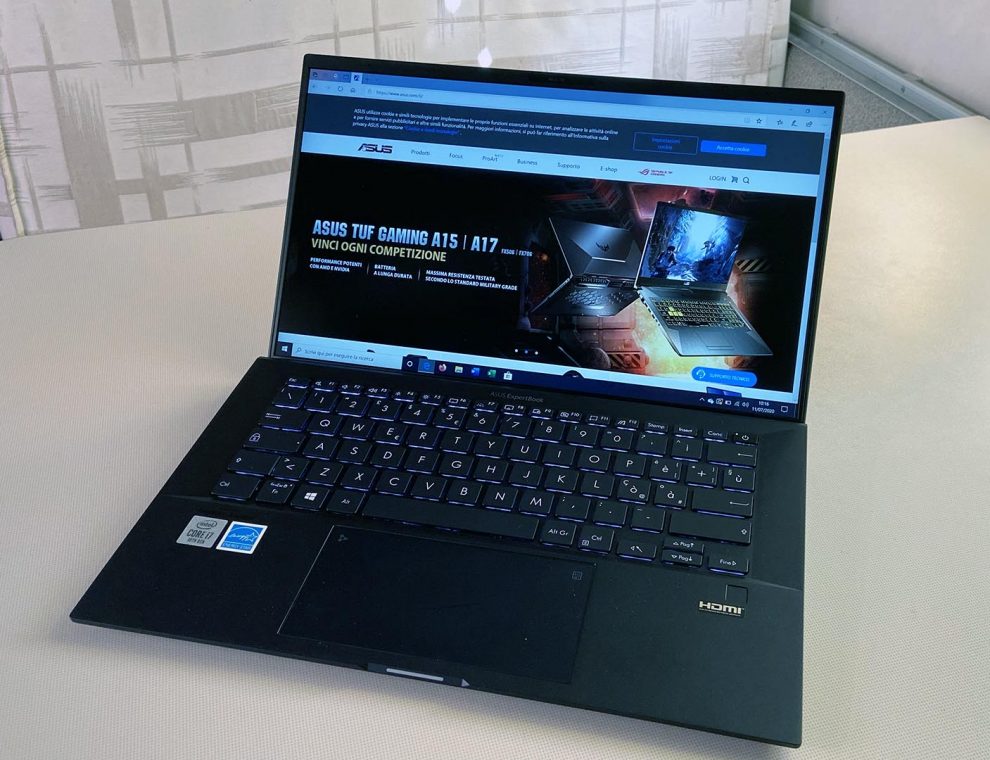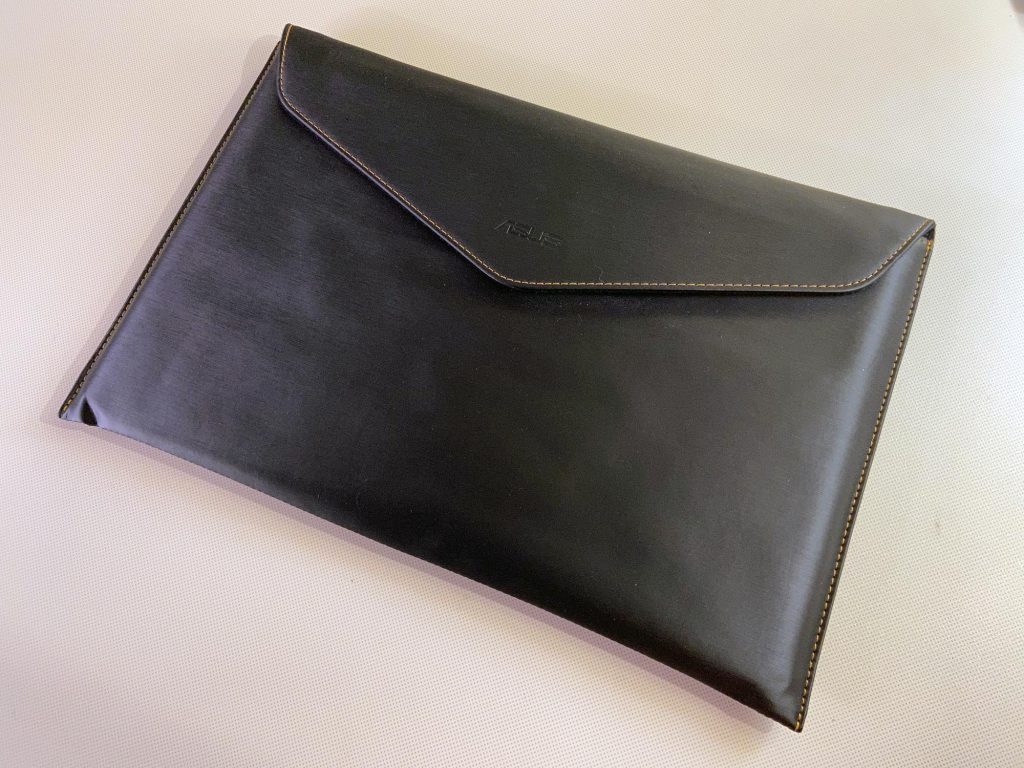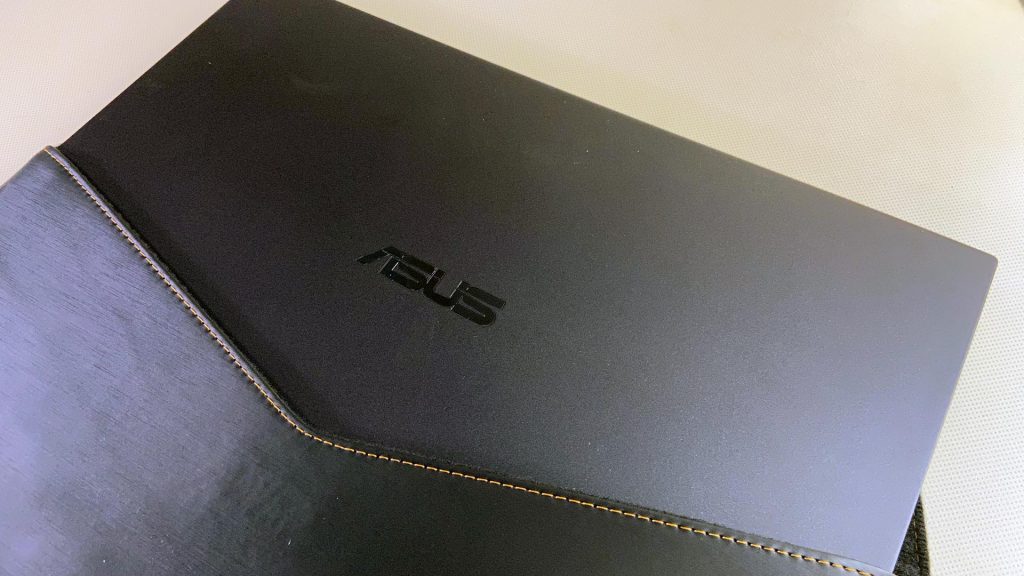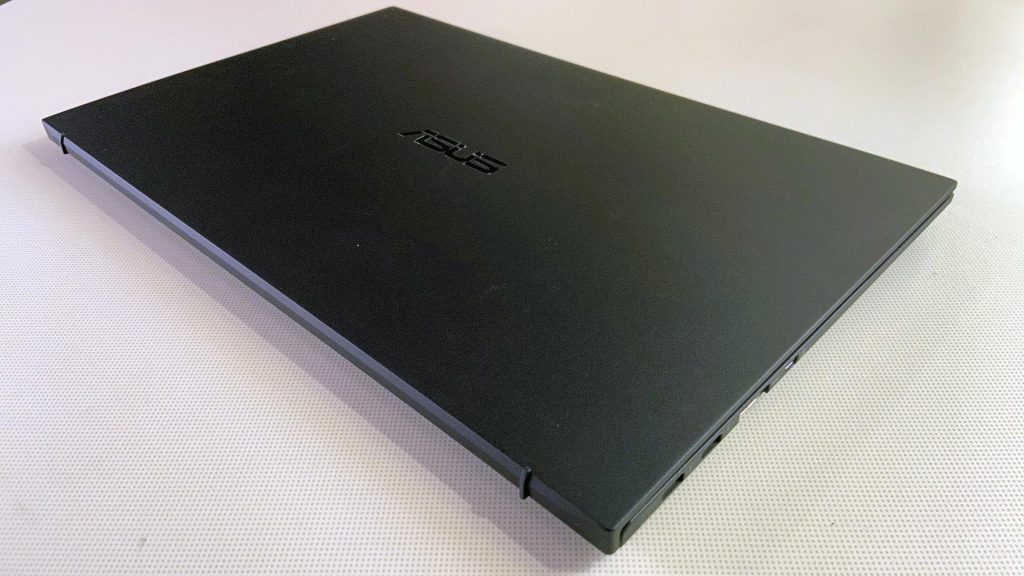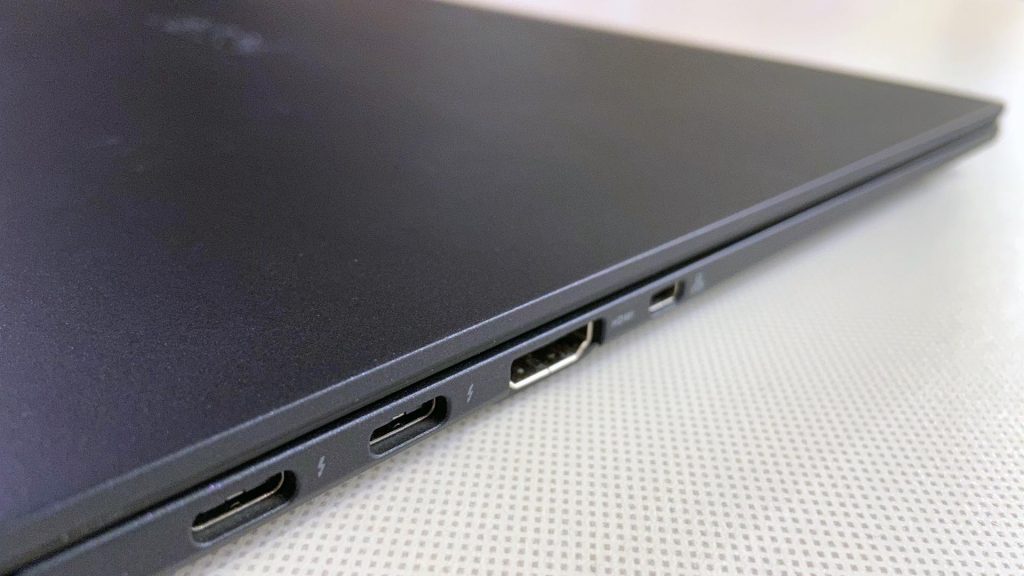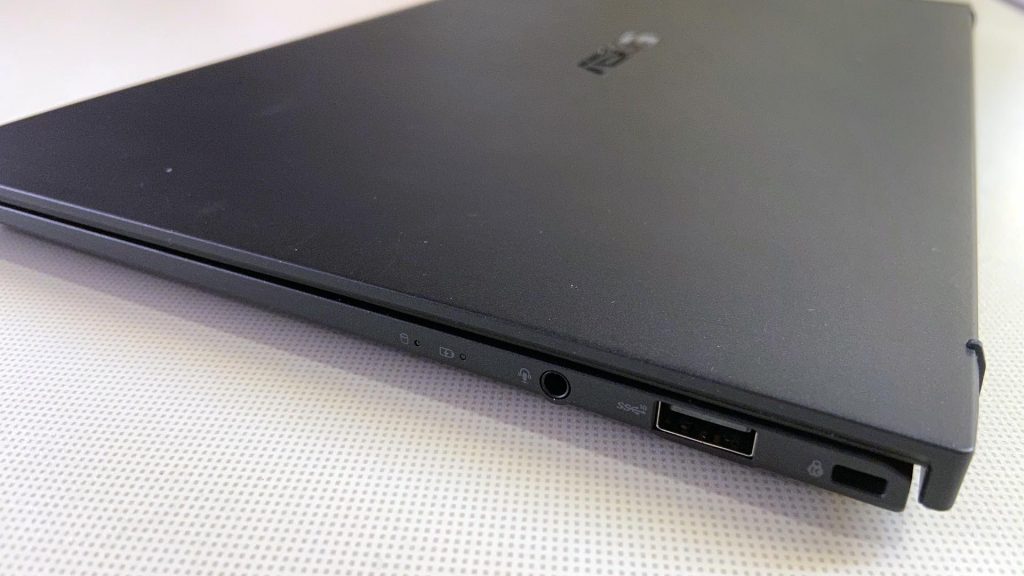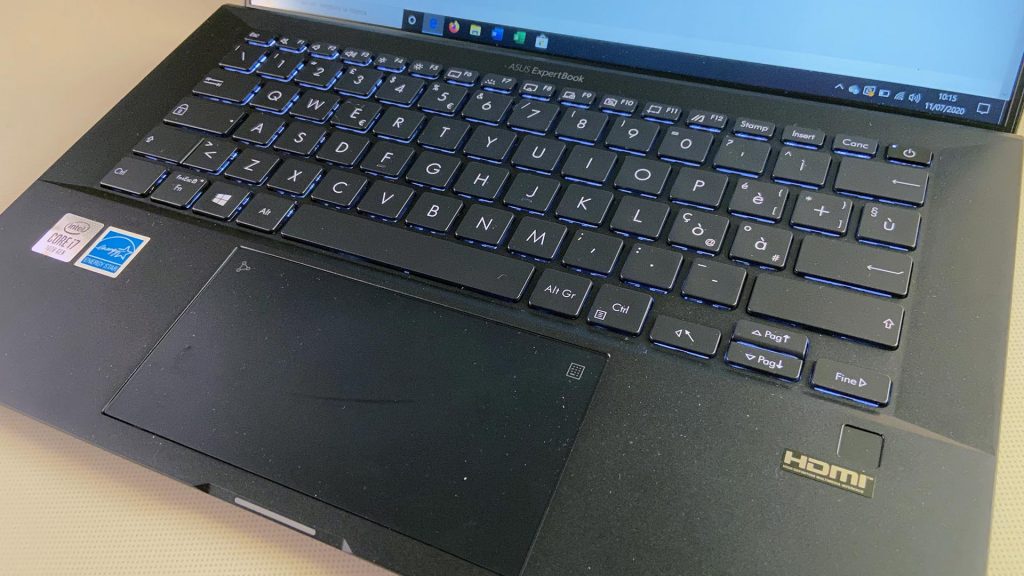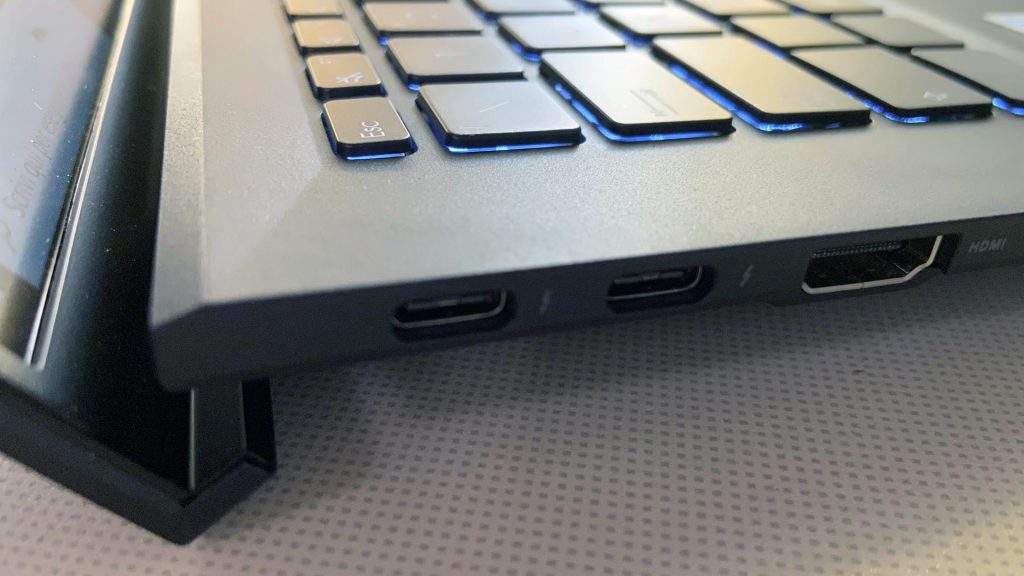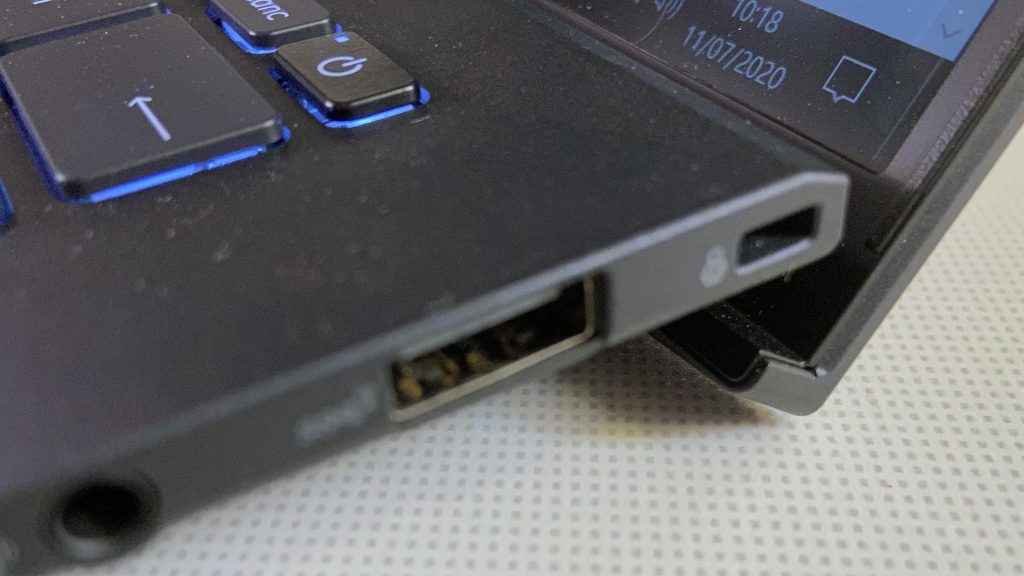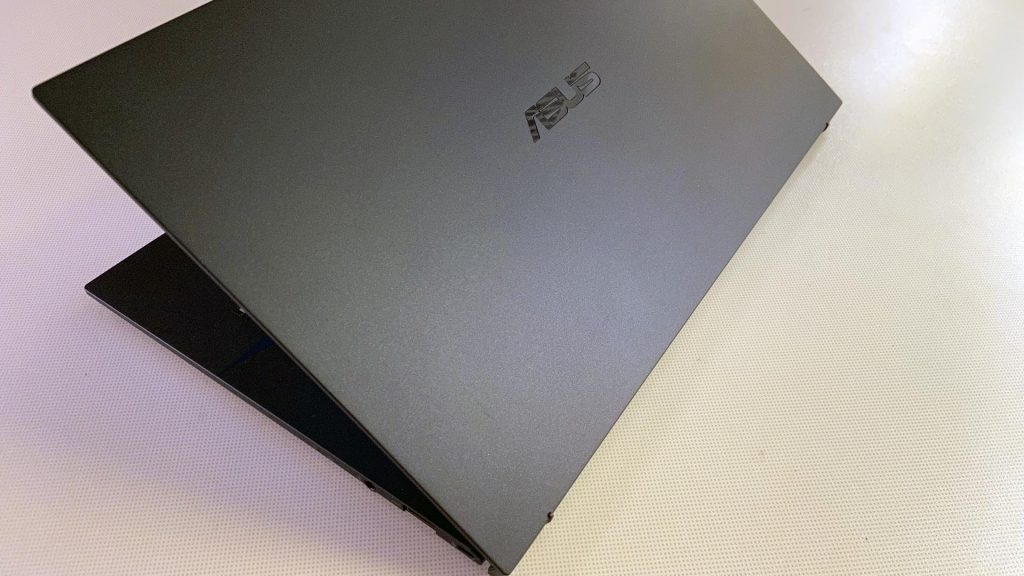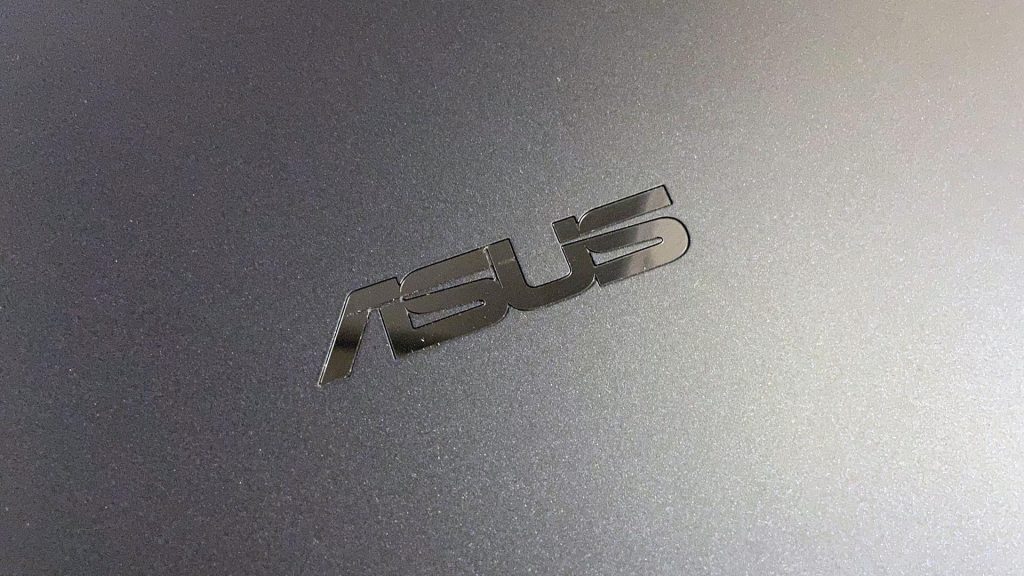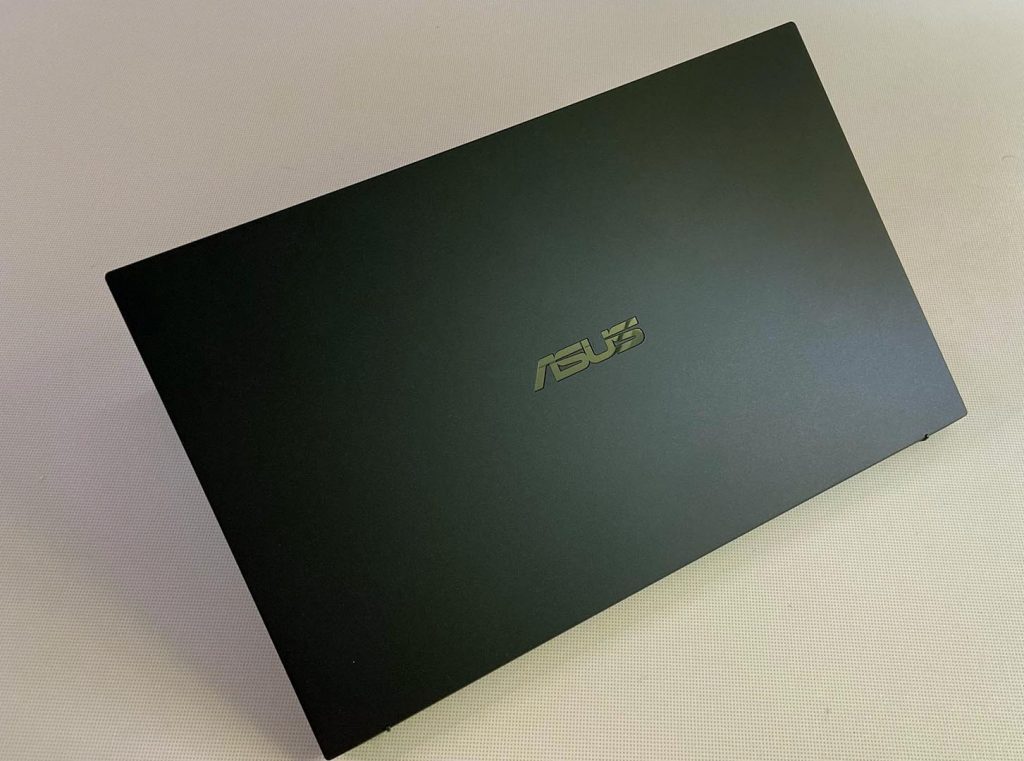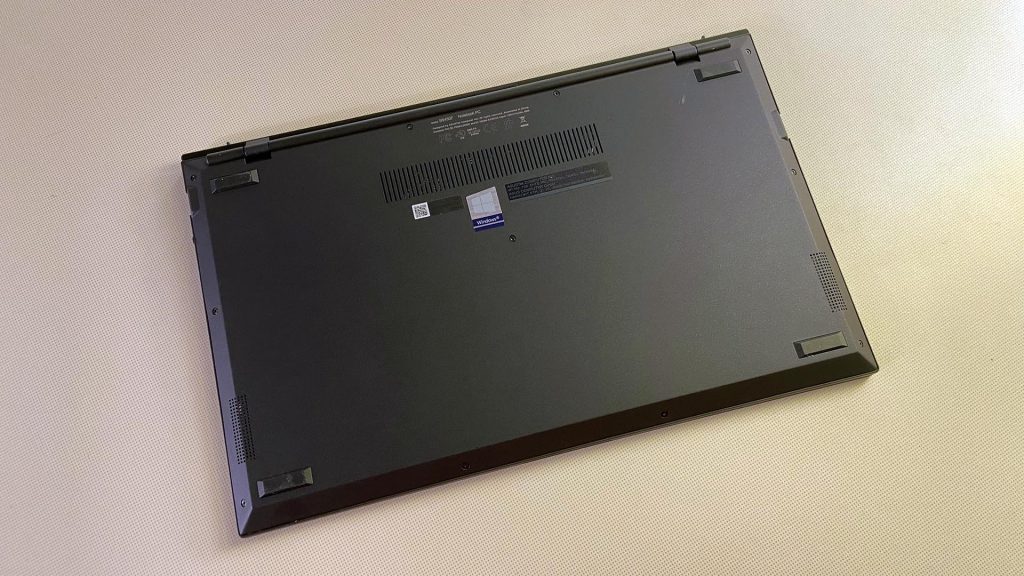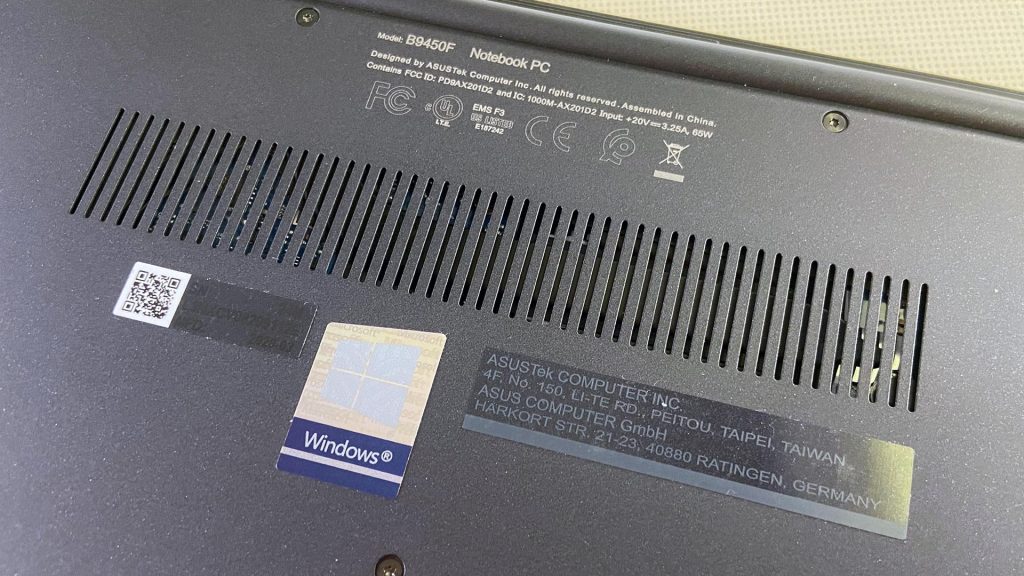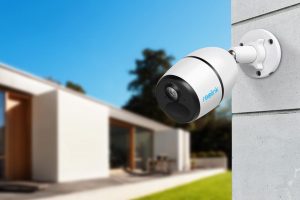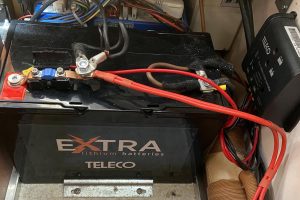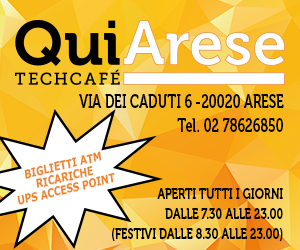
PROS
- Very compact and lightweight computer
- High computing power
- Well crafted keyboard
- High autonomy
- Numeric keypad in the touchpad
CONS
- Limited screen resolution
- Touchpad without haptic feedback
- Webcam HD only
Suggested retail price (Italy inc. VAT): € 1.899,00
11 July 2020 – Lightweight, compact, elegant. These are the three words that best define the Asus ExpertBook B9450, a professional notebook with a 14-inch display designed for those looking for power and autonomy at the same time. The first thing that strikes you when you take it out of the box is the weight: 870 grams with the 33W battery, which becomes 995 if you choose the more powerful 66W battery.
The body, black, is made of a magnesium and lithium alloy which to tell the truth does not convey a great sensation of solidity, given that the great flexibility of all its parts is evident to the touch. Computers made of aluminum, for comparison, have a much more rigid structure. Which is the most resistant solution, however, we cannot say: none of the products we tried have ever been subjected to crash tests or hammered. In the month and a half of use aboard our Falkor he did not report any problems. The thickness is contained in 14.9 millimeters.
Despite the lightness, the weight is well balanced, since the screen can be opened with one hand without having to hold the base stationary, a sign that the designers of Asus have not neglected this aspect. We liked the keyboard, backlit and housed in a slightly hollow base, with a fairly evident key travel (1.5 millimeters) and an excellent response. The spacing is also correct. In addition, the opening mechanism of the machine causes the back of the computer to be raised slightly from the work surface, tilting the keyboard slightly towards the writer.
You put your face on it. Or the finger…
To access the computer, Asus relies on both the Windows Hello system, with facial analysis, and a fingerprint sensor. In both cases, recognition is very fast. We also liked the touchpad of this ExpertBook, quite large and with adjustable sensitivity, but above all with the particularity of hiding a numeric keypad. Just press the top left corner and the numbers appear thanks to a backlight system that draws a dedicated grid: very convenient for those who often work with spreadsheets. The only thing we didn’t like is that the touch system does not include a haptic system to return feedback on the operations performed.
The 14-inch screen is adequate for the task it is called upon to perform. It is not sensitive to touch and its resolution is limited to Full HD, or 1,920 points by 1,080, for its format, perhaps more suitable for multimedia content than for spreadsheets or web pages. The semi-matte finish limits reflections and does not retain fingerprints, while the frame – very thin – allows the display to appropriate 94 percent of the available surface. The webcam is housed on the upper frame, with HD resolution limited to 720p, but equipped with a physical closure that prevents possible abuse.
There is also a LAN connection
In terms of connections to the outside world, the ExpertBook boasts Wi-Fi 6 and Bluetooth 5 connections, while physically on the left side there are two Usb-C ports with Thunderbolt 3 – supporting power, data transfer up to 40 gigabits per second and external monitor via DisplayPort – and a microHDMI that is used for network connection via cable. For the latter functionality, Asus has included the appropriate adapter in the package. On the opposite side there are the slot for the Kensington anti-theft system, a USB 3.1 A port and the minijack for microphone and headphones.
This Asus is not even afraid of facing heavy tasks. The version we tested was equipped with a 10th generation Intel Core i7-10510 processor, a quad core clocked at 1.8 Ghz and equipped with TurboBoost. Alternatively, the less powerful 1.6 Ghz i5-10210 is also available. All this is supported by 16 gigabytes of memory (8 in the case of the less powerful model). On the other hand, you shouldn’t expect much from the graphics, which is the Intel UHD 620. In practice, this ExpertBook proves to be a great work machine, but not suitable for games.
Plenty of space
Plenty of space, however, for your documents. The storage memory consists of one or two modules in NVMe format (the fastest ones available today). We had a terabyte of capacity available on the test computer, but in the initial configuration phase, you can have up to two terabytes. The “basic” version of the ExpertBook, on the other hand, is offered with 512 gigabytes.
Finally, the battery has given us great satisfaction. We did not run specific benchmarks, because we like to try technological objects in everyday life more than in the laboratory, but we have always managed to arrive in the evening with still a good autonomy. If you opt for the 66W battery, Asus promises up to 24 hours of use. The more technical who want to know more can read the test carried out in the United States by NotebookCheck, which also ran many benchmarks.
We liked this computer a lot. There are obviously some aspects that can be improved, but as a machine designed to work, it lacks nothing. Even the fact that the heat production is limited has allowed us to use it often on our lap without taking a sauna, as we do – for example – with our MacBook Pro, which maybe we’ll talk about shortly. If this machine has caught your attention, on online stores it is around 1,500 / 1,600 euros. If you want to save money you can opt for the version with the less powerful i5 processor and capacity limited to 512 gigabytes, thus reaching around 1,000 / 1,100 euros. In any case, even in a motorhome or caravan, the ExpertBook will not disappoint you.




